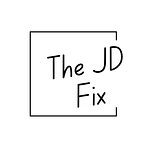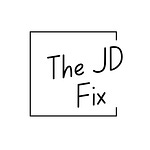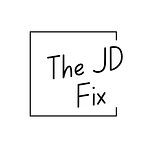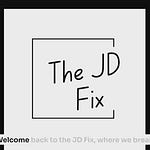Job descriptions are often the first thing a candidate sees. They can also be the first thing that makes them close the tab.
In this episode of The JD Fix, I talk with Ranya Hahn — Chief Human Resources Officer at Participate Learning — about what’s working, what’s not, and how to make job descriptions a tool that actually helps people.
Fun fact: Ranya and I met at Lake Gaston. (Yes, we do more than just talk shop.) But this conversation? Pure gold for anyone who wants to write job descriptions that don’t make you go…meh.
What’s Broken
Here’s what she says job descriptions get wrong:
They’re too long. No one is reading your 4-page wall of text.
They’re too specific. Listing every last tool or system makes your JD outdated fast.
They’re based on people, not the role. JDs should be written for what the business needs — not just what Sally or John happens to be good at.
If you’re nodding along, you’re not alone.
What Works
Here’s how Ranya and her team at Participate Learning do things differently:
Start with the “why.” Their JDs open with a line that hits home:
“Love what you do and why you do it.”
It hooks people — and reminds them they’re applying to something with purpose.Talk about impact. Instead of a dry mission statement, they talk about how the job connects to the bigger picture. What you do matters.
Balance compliance with connection. Yes, the legal stuff is important. But it doesn’t have to be the first thing someone sees. Let the candidate see what’s in it for them first.
Tips for Small or Scrappy Teams
Not every HR team has time to start from scratch. Ranya shared some real-world advice for getting started:
Centralize your JDs. Pick a system. Stick with it. Stop storing JDs in random drives and personal laptops.
Create a simple template. Make it easy for managers to follow a format. That way, everything looks consistent and it’s easier to update.
Start small. Don’t fix 200 JDs in a week. Pick one team or one high-volume role and go from there.
Final Takeaway
Good job descriptions don’t just check a box. They tell the truth, show the mission, and invite the right people in.
It takes work. But like Ranya said — it’s worth it.
Need Help With Yours?
At Ongig, we help companies clean up the mess behind the scenes. That means:
Pulling JDs from scattered drives and systems
Creating reusable templates
Syncing with your ATS
Making your job posts consistent, human, and inclusive.
If your job descriptions could use some love (or a total rewrite), let’s talk.









